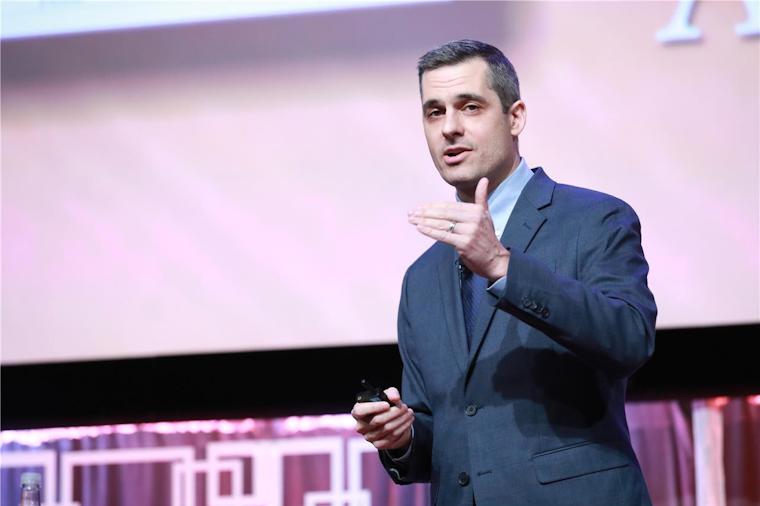While a great deal of educational data is gathered on individual physician behavior during medical school and residency, there is a steep drop-off in data gathered in clinical practice. Inversely, the amount information of attributable patient data and outcomes increases exponentially. With the increasing public access to large data systems, however, it is becoming easier to follow what physicians are doing in independent practice, long after they complete their graduate medical education.
During their presentation “Using Public Data to Follow Graduates into Practice,” at the 2019 Annual Educational Conference, Marc M. Triola, MD and Patrick M. Cocks, MD, from the NYU School of Medicine have leveraged large databases of publicly available information to help understand the patterns of health care practice and outcomes among graduates from programs once they have left the programs. By understanding not only how graduates perform as independent physicians, but what their day-to-day lives as physicians look like, a graduate program can better tailor its curriculum to mirror what physicians see in the real world.
“The goal is to understand the pathway of each individual learner,” Dr. Triola said.
Data available is vast and varied, with each data set examining a slightly different aspect of practice. The National Provider Identification Database includes names, practice addresses, specialties, and subspecialties for individual physicians. The CMS Medicare Provider Utilization Payment Data database includes all the services and procedures billed to Medicare by each physician annually. In New York State, where Drs. Triola and Cocks work, the New York SPARCS database contains details on hospital admissions, including length of stay, diagnosis, procedures, and more, and are organized by physician.
By using resident information, and graduates’ National Provider Identifier numbers—a public, unique, 10-digit code used to identify health care providers—Drs. Cocks and Triola are tying the educational data and patient data available in these large databases together, tracking graduates’ clinical behaviors long after they complete their residencies and fellowships.
Studies have shown that the attitudes, behaviors, and practices cultivated during residency or fellowship carry long into a physician’s independent practice. The aim, Dr. Cocks said, is to use this aggregation of data to identify patterns and generate hypotheses about the impact of GME on clinical practice long term, ultimately driving programmatic and curriculum changes to better serve patients.
For example, data analysis of program graduates could be helpful identifying the environments in which residency/fellowship graduates practice (e.g., hospital versus clinic; rural versus suburban versus urban), so programs can tailor their curricula to better prepare their learners for the environments in which they are most likely to work. Or, if data suggests physicians who graduated from a particular institution or program are less likely to prescribe generic medications or appear to overprescribing a certain type of medication, the residency/fellowship curriculum could be adjusted to encourage the use of generic medications or alternatives to the overprescribed drugs.
Using large data sets in this way in medical education is in its infancy, Drs. Cocks and Triola said.
“This is a powerful way to look at hypothesis generation,” Dr. Triola said.
However, they said it is more about creating questions for further exploration than using the data as a stand-alone answer.
Drs. Triola and Cocks acknowledge tracking residency/fellowship graduates longitudinally is a process in progress. Physicians change institutions and states, and the depth of information available on any particular physician may vary depending on the where he/she practices, as states and municipalities may have different regulations about what information is publicly available.
Creating systems for reviewing this data can be time consuming and requires cooperation not only from physicians, but also from experts with skills in database management and informatics. To help programs start tracking their own graduates, Drs. Cocks and Triola created a website with descriptions and links to large databases of public information that programs and institutions can use to develop their own longitudinal research initiatives.






